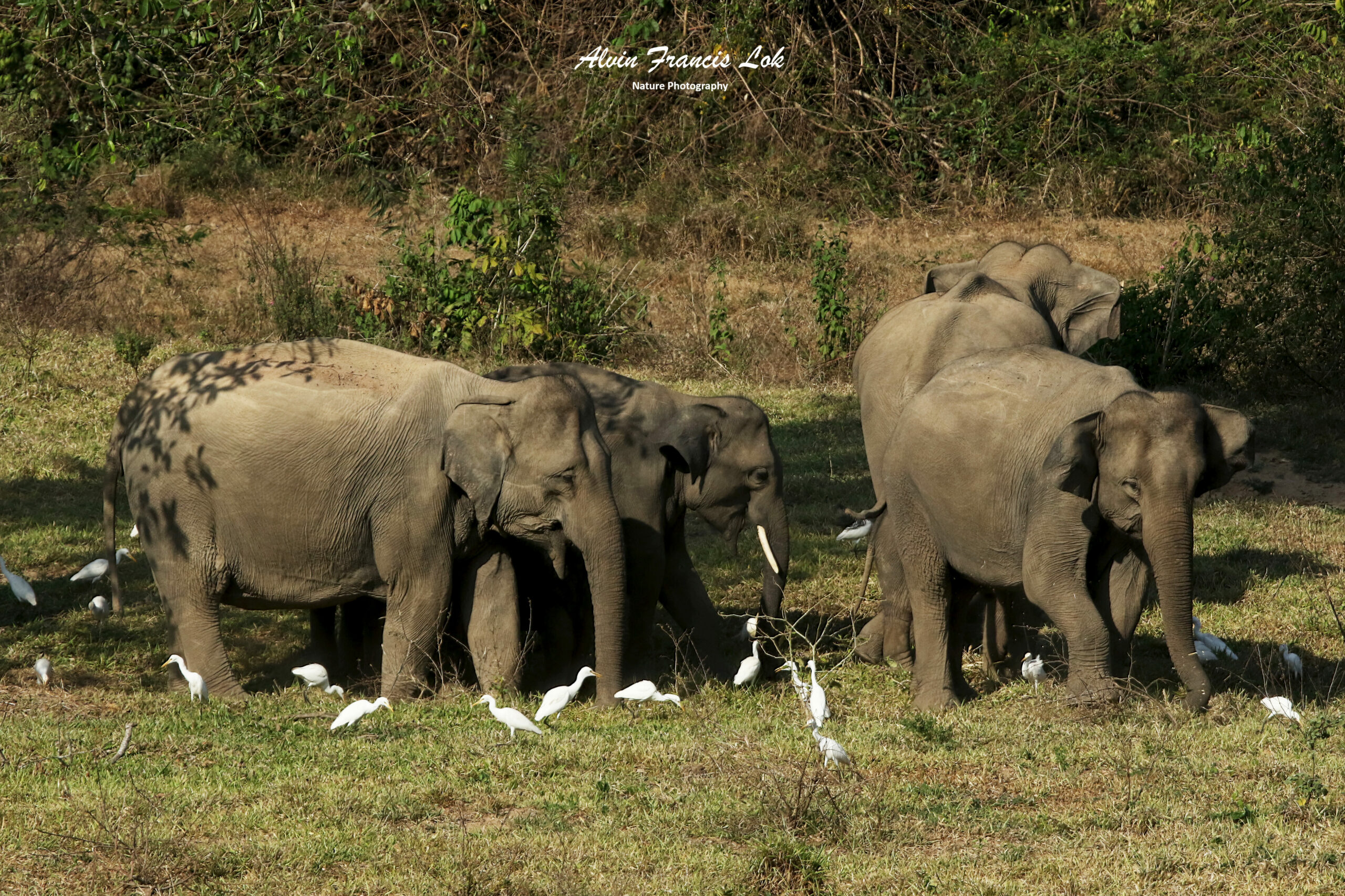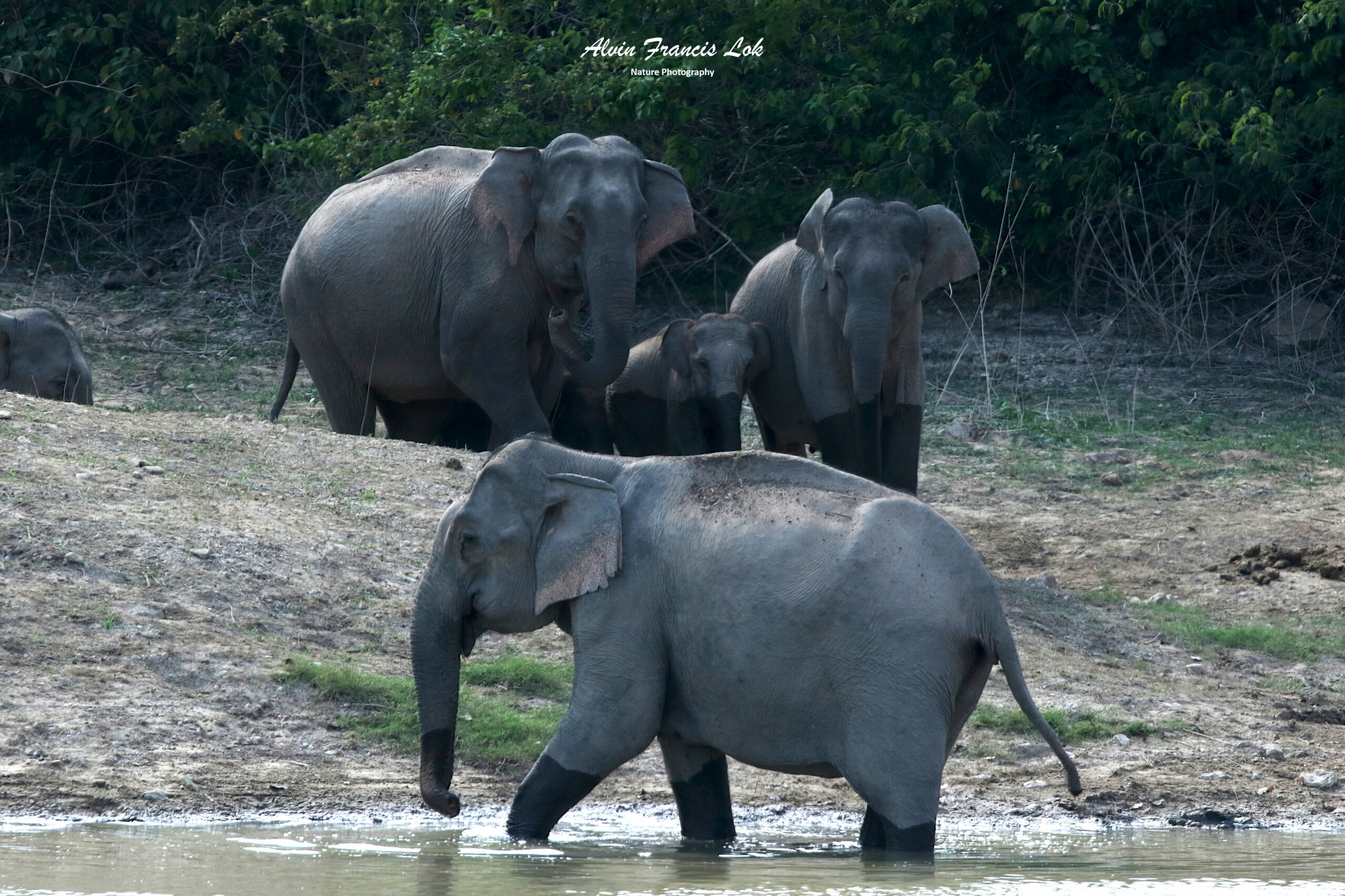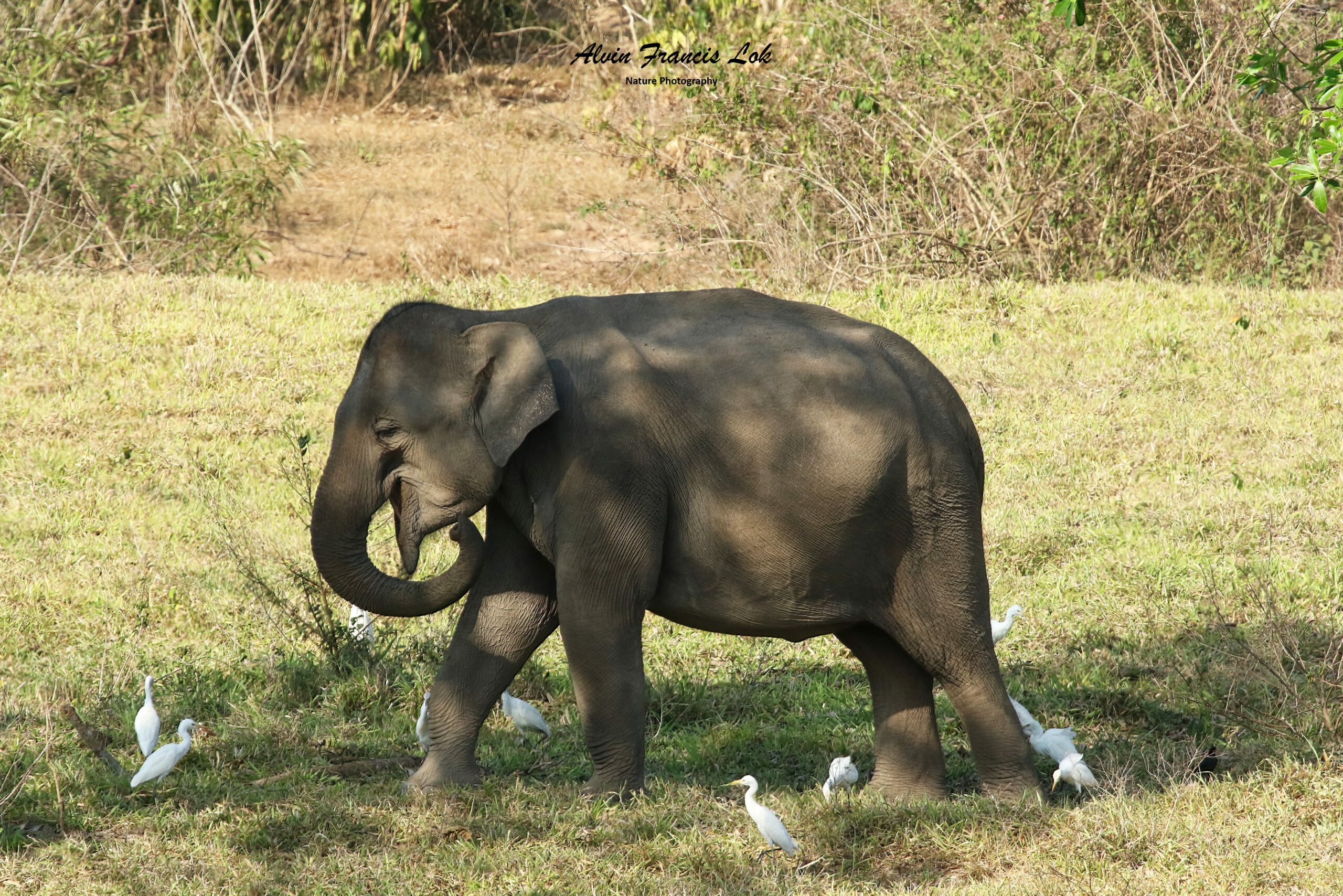Proboscidea are a taxonomic order of afrotherian mammals containing one living family (Elephantidae) and several extinct families. From the mid-Miocene onwards, most proboscideans were the largest land mammals of all time. Today largest extant proboscidean is the African elephant, with a record of size of 4 m at the shoulder and weighing 10.4 tonnes.
Three species of elephant are currently recognized, African bush elephant, the African forest elephant, and the Asian elephant. Elephantidae is the only surviving family of the order Proboscidea. The distinctive features of modern proboscideans include a trunk, tusks, massive legs, tough but sensitive skin and large ear flaps. The trunk is used for breathing, bringing food and water to the mouth, and grasping objects. The tusks, are modified incisors, serving as weapons and as tools for digging and moving obstruction. The large ears are important in maintaining a constant body temperature, through their constant flapping, but are also used in communication. Their massive pillar-like legs are extremely important in carrying their great weight, by spreading out the load, but have also been found to be highly sensitive to vibration, allowing animals to locate other groups or individuals from a distance.
Source: Wikipedia
Family Elephantidae
Elephas maximus (Asian elephant) (Khao Sam Roi Yot NP, Thailand)


